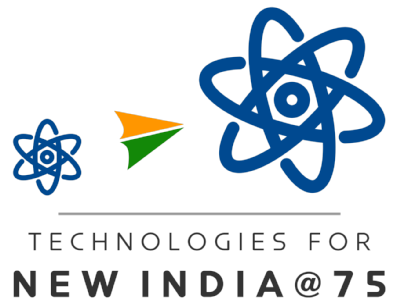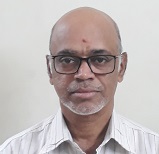  | Colloquium # 311
Cold plasma approach for reduction of waste in Chemicals manufacturing
By
Dr. K.S. Ganesh Prasad
Institute for Advanced Research, Gandhinagar
Wednesday, Feb 23 2022 at 3:30PM
|

Abstract
Generate atmospheric cold plasma by high voltage and high frequency discharge. The plasma should have high electron temperatures and low ion temperature (cold plasma). High electron temperature will catalysis chemical reactions compared to conventional chemical process. The process precedes much faster compared catalytic reactions and leaves no residual waste. The low ion temperature helps in reduction of overall temperature of the reaction. Thus plasma can be used as enhanced catalyst with zero pollution. The reaction control is much faster compared to conventional catalysts.
Energy consumption for generation of plasma is considerable higher per quantity of material generated. Conventional use of grid power for plasma generation need to be kept out during the process development. Incorporation of solar or other non-conventional energy source. Plasma sources (non-thermal plasma) powered directly powered from the non-conventional energy source may be required to meet the requirement. Pulse width modulated techniques (PWM) have brought considerable rise in efficiency and reduction in the cost of power source.
In this presentation we focus on typical application of generation nitric acid and ammonia chemicals used in fertilizer manufacturing using solar powered atmospheric plasma source. We also discuss on possible collective development of various platform to meet the demand.
About the speaker
Dr. Ganesh Prasad completed his Ph.D. from IPR. He worked also as a faculty at IPR. He published twenty five research articles and he supervised four Ph. D. students during the tenure at IPR. He worked for plasma technology development at FCIPT. Ventured to become an entrepreneur to develop plasma technologies for industrial applications. He has joined IAR (Institute of Advanced Research as professor) to undertake plasma process development in sensitive sectors.

